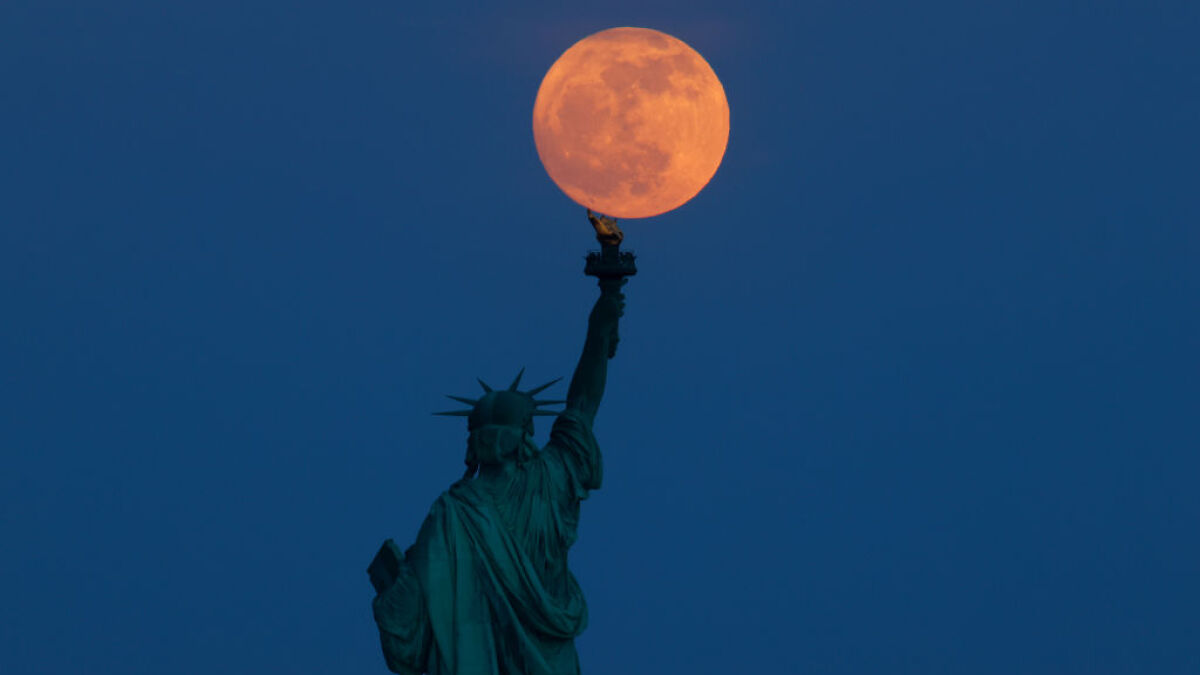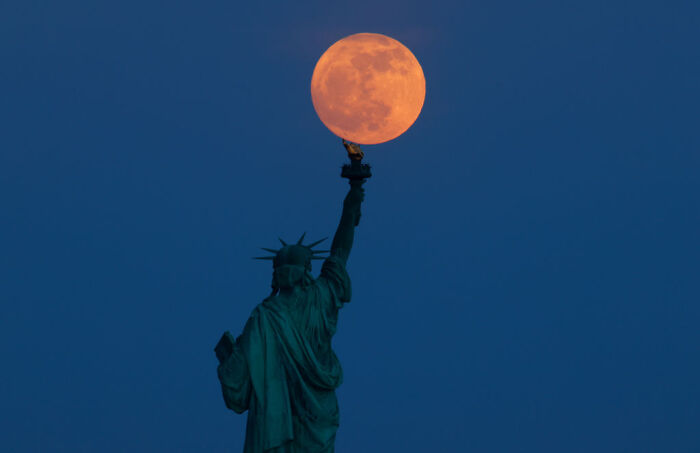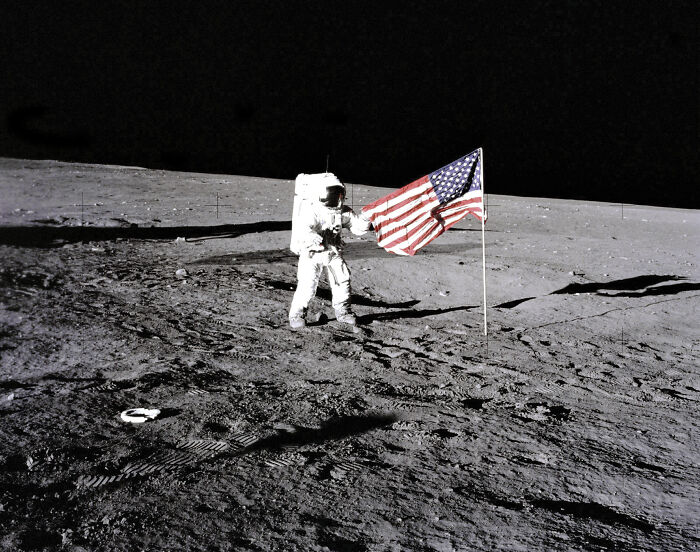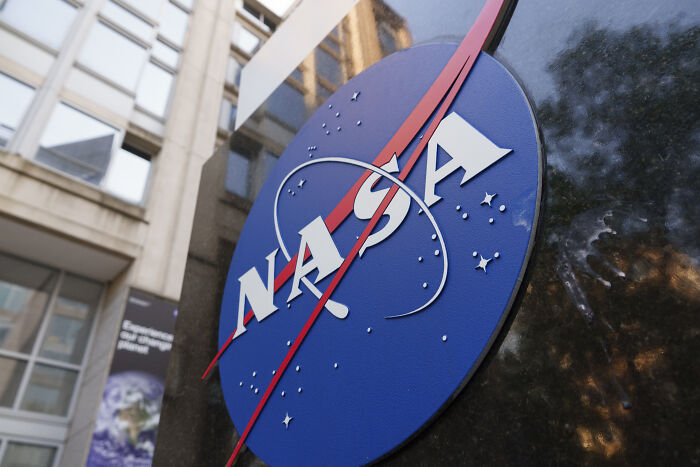Donald Trump’s new interim NASA chief is set to announce plans to build a nuclear reactor on the moon.
Sean Duffy, who also serves as the transportation secretary, will this week reveal the expedited plans in his first major move since being appointed interim administrator.
Duffy was tapped for the job after Trump rejected the nomination of Elon Musk ally Jared Isaacman during his public spat with the Tesla CEO.
- Sean Duffy, Trump’s interim NASA chief, will announce plans for a fast-tracked 100 kW nuclear reactor on the moon, targeting a 2030 launch.
- The project aims to secure US leadership in space, competing directly with China’s goal to land astronauts and establish a base on the moon by 2030.
- NASA must gather industry proposals within 60 days and appoint a leader to fast-track the nuclear reactor development program.
Sean Duffy will announce plans to build a nuclear reactor on the moon
Image credits: Miguel J. Rodriguez Carrillo/Getty Images
NASA has previously discussed plans to build a reactor on the moon, but according to documents obtained by Politico, Duffy wants a more definitive timeline to be established.
“It is about winning the second space race,” a NASA senior official told the outlet.
As part of his directive, Duffy ordered the agency to obtain proposals for a 2030 launch of a 100-kilowatt lunar reactor, Politico reported.
Industry input must be obtained within 60 days, and the directive says NASA must appoint someone to lead the efforts.
China is aiming to land astronauts on the moon by 2030 and establish a long-term research presence there.
Image credits: Gary Hershorn/Getty Images
Duffy’s directive states that the first country to have a reactor could “declare a keep-out zone which would significantly inhibit the United States.”
The ambitious plan comes at a turbulent time for the space agency, with Trump’s proposed budget for 2026 reportedly slashing 25% of funding for NASA.
This means that total funding would fall from $24.8 billion to $18.8 billion.
The massive reduction is accompanied by planned workforce cuts of up to 5,000 staff and major program eliminations, such as the cancellation of the Gateway lunar space station.
But Trump’s budget would increase funds for human spaceflight, as well as funding for lunar and Mars infrastructure, aligning with goals to beat China in space projects.
Image credits: Encyclopaedia Britannica/UIG Via
Duffy also wants the aging International Space Station to be replaced as quickly as possible with commercially run ones.
It is understood that within the next six months of proposal requests, NASA will award two companies a contract.
NASA previously announced plans to develop a small 40-kilowatt reactor that could be used during a future demonstration on the moon and to inform future designs for Mars.
In 2022, it awarded three $5 million contracts to develop a design for the reactor, its power conversion, heat rejection, and power management and distribution systems.
NASA previously discussed a 40-kilowatt nuclear reactor
Image credits: Kevin Carter/Getty Images
Those contracts were also ordered to work on estimated costs and a development schedule.
NASA said that while solar power systems have limitations on the Moon, a nuclear reactor could be placed in permanently shadowed areas or generate power continuously during lunar nights, which are 14-and-a-half Earth days long.
Lunar nights significantly impact space exploration because of the extreme temperature fluctuations and lack of sunlight.
The agency said the reactor must be capable of operating for a decade without human intervention, and if it went well, it could be upgraded for potential use on Mars.











16
0